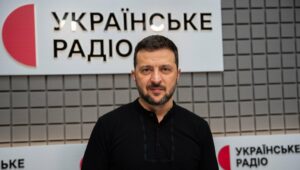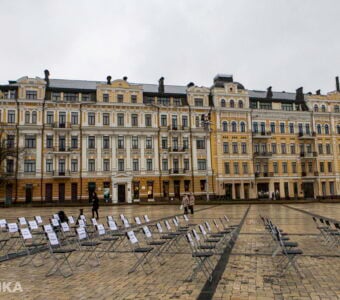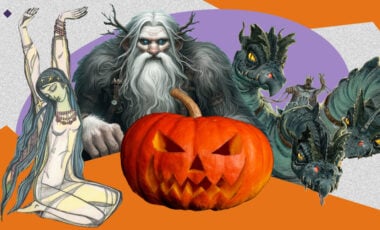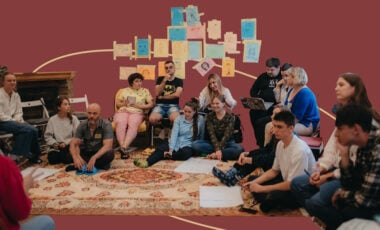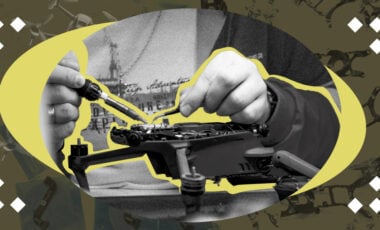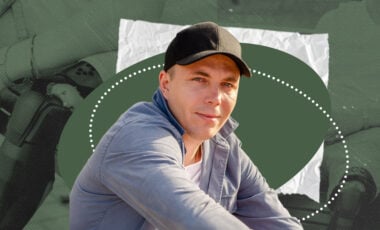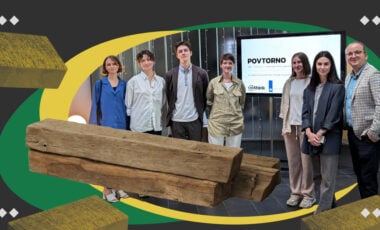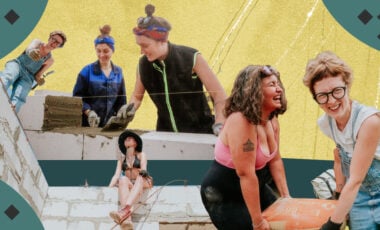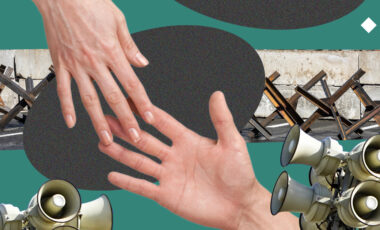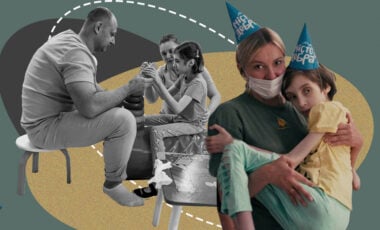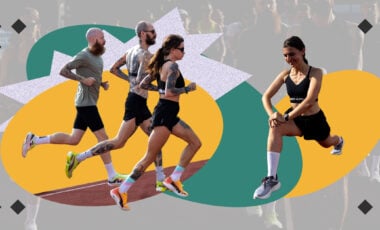Renovated Pinzel Museum being prepared for opening in Lviv: it will be barrier-free

Photo OPU
The Pinzel Museum in Lviv, recently visited by First Lady Olena Zelenska, is preparing to open after renovation. The museum will be fully accessible to various guests.
Thanks to special navigation, it can be visited by people with visual, hearing impairments, the elderly, and people with autism. The museum will also have audio guides and audio descriptions that will complement the visual impressions of visitors and give new knowledge about the context of the exhibition.
"Barrier-free opens up opportunities. I saw for myself here, in the Pinzel Museum, immersing in the world of brilliant genius, through sounds, touch, and visuals. The strength, powerful energy, and peace that this sculpture master's works convey became available to everyone. And this is without exaggeration a unique event that will be reflected on the art map of the world. I would very much like the experience of the Lviv Museum to scale throughout Ukraine. Art should be barrier-free," said Olena Zelenska.
Accessibility to the Pinzel Museum is ensured at the entrance to the Church of the Poor Clares, where it is located: blind visitors are led from the transport stop to the building by tactile tiles. Sound beacons are installed at the entrance, which will tell visually impaired people how to get inside. Indoor navigation is clear and convenient: there is a lift from the hall to the room, which can be used by visitors in wheelchairs, parents with prams, or anyone who has difficulty moving. In addition, the space was adapted to the needs of people with autism and people with mental disorders. The museum team was prepared for quality communication and a better understanding of the diversity of its visitors.
The museum has an audio guide that complements the visual impressions of guests and provides new knowledge. The audio guide was created by the MEGOGO media service team. The voice of the People's Artist of Ukraine Ostap Stupka is heard in the Pinzel Museum.
Information boards with Braille are installed near the exhibits. An audio description has been developed for each of the works, voice accompaniment, thanks to which visually impaired people can "see" the exhibits. Information about the museum and its contents is also collected in video descriptions available for viewing to all visitors, including those with hearing impairments.
"Barrier-free is not about creating special conditions for individuals. The changes in the Pinzel Museum are further proof of this. It is convenient for all visitors to use an audio guide or learn about expositions through video descriptions. Agree that each of us feels more comfortable if we have clear navigation in front of us, and there are no barriers on the path we are overcoming," the first lady added.
Accessibility in the museum began to take shape in 2020 when the "17" public organization printed Pinzel's sculptures on a 3D printer. The focus of the transformation was expanded within Olena Zelenska's "Barrier-free" initiative, aimed at creating equal opportunities for all Ukrainians.
The changes are being implemented in partnership with the ORFO Universal Design Studio, the Social Unity public movement, the My Future Heritage NGO, NGO 17, and Happy Today, and with the support of Volodymyr Vysotskyi, an expert on architectural accessibility and inclusive social practices, and Fazyl Askerov, Chairperson of Board of the Tourism Development Association, and Oksana Potymko, Head of the Resource Center of the National University "Lviv Polytechnic." The renovated museum is expected to open to visitors on December 10.
Note
The Pinzel Museum in Lviv has been operating since 1996 in the premises of the former church of the Poor Clares. Along with other works of art, there are 29 works by Johann Georgy Pinzel, a unique master of Baroque sculpture who spent about 15 years of his life in Western Ukraine, five works by his students, and nine portraits of nobility and clergy.
Among Pinzel's famous works is the statue of St. George the Serpent, located on the facade of St. George's Cathedral in Lviv, the sculpture, "Samson tearing the lion's mouth," "Angels," which were once exhibited at the Louvre in Paris, sculptures for shrines in Buchach, Horodenka, Hodovitsa and a number of other Ukrainian settlements.



